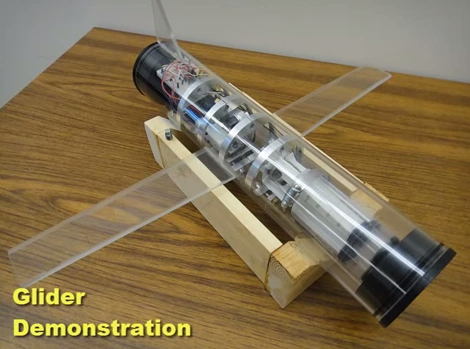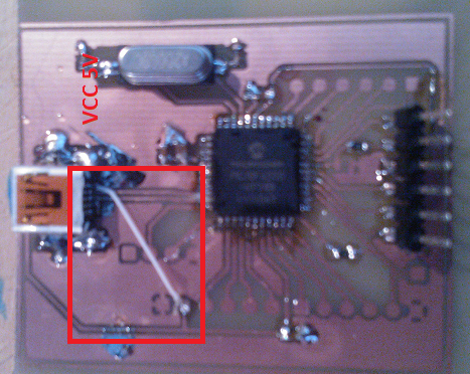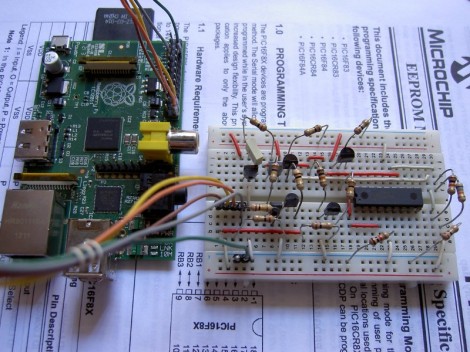
It does make us sad to see all the waste generated as we move from CRT monitors and televisions to flat panel offerings. Here’s a way to cut down just a bit on how much is going to waste. [Denizpa] turned a CRT monitor into a planter.
The project is very straight-forward. First remove the plastic body from the electronic guts. Next you’ll want to choose your paint colors. While you’re at the home store, pick up a sanding sponge as well. [Denizpa] used 320 grit to sand all of the outside surfaces to help ensure the paint would bond well. Once the paint dried four plastic corner brackets were screwed in place to add some interest to the bottom of the planter. It’s not quite time to plant though, there’s way too many holes in the case to just fill it up with soil. A black plastic garbage bag serves as a liner and completes the project.
No mention on what to do with the guts you removed. If you have an idea let us know in the comments section.
















